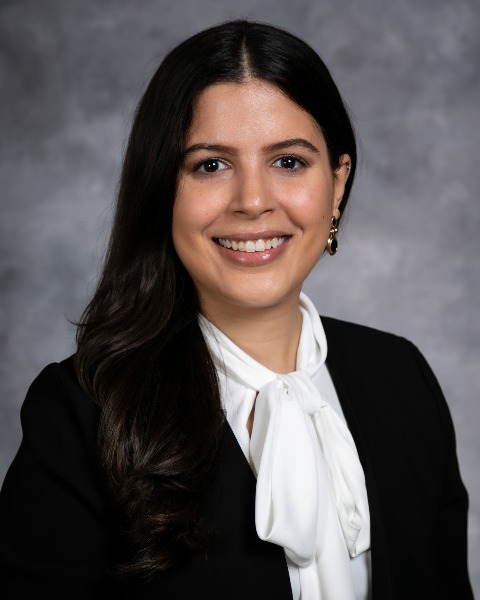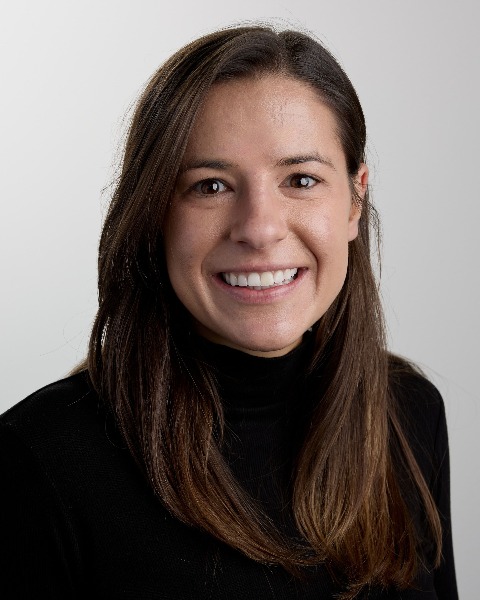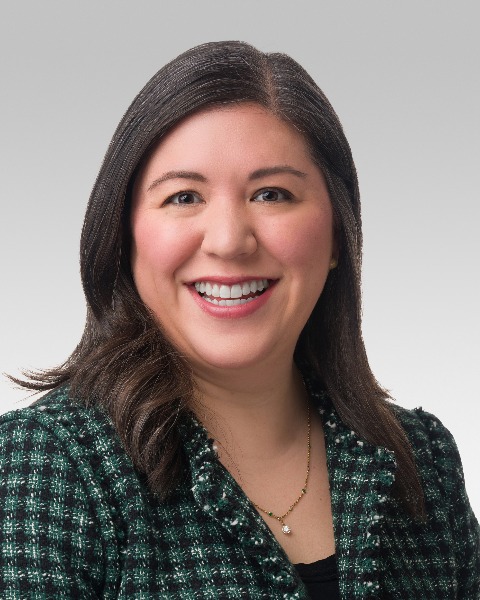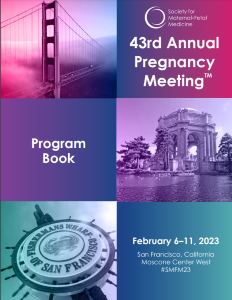Category: Diabetes
Poster Session II
(546) Clinician-identified barriers and potential solutions to diabetes prevention after gestational diabetes
Gestational diabetes (GDM) confers a lifelong risk for type 2 diabetes (T2D). Yet, key T2D prevention strategies in the postpartum period are often thwarted by competing clinician and patient demands. We aimed to explore clinician perceptions of barriers to T2D prevention for both clinicians and patients with a prior GDM pregnancy, and to identify potential solutions in the postpartum period.
Study Design:
This is a qualitative analysis of in-depth interviews with obstetric and primary care clinicians who cared for participants enrolled in a randomized controlled trial of postpartum navigation after a pregnancy with GDM. Interviews sought to identify areas for quality improvement in the structure and delivery of postpartum care for this population. Data were analyzed using the constant comparative method.
Results:
Nine clinicians were interviewed, of whom 5 were in obstetrics and gynecology and 4 were in internal medicine. Both clinician-focused and patient-focused barriers to T2D prevention were identified. Clinician barriers centered around limited time due to administrative burdens (i.e. medical chart review), clinical burdens (i.e. complexity of counseling), and expanded scope of practice (i.e. lack of support staff). Clinician-perceived barriers to patients encompassed burdens across healthcare (i.e. access), financial (i.e. food cost), community (i.e. parenting responsibilities), and personal (i.e. struggles with lifestyle changes) spheres (Table). Clinicians also explored potential solutions which focused on more effective communication strategies and handoffs, partnerships with patient navigators and other support staff (i.e. dieticians), and technology-based tools (i.e. fitness apps) (Figure).
Conclusion: Patient and clinician barriers to T2D prevention in the postpartum period center largely around limited time and competing responsibilities. Improvements in communication as patients transition from obstetric to primary care in a fragmented healthcare system and utilization of support staff both in and outside of the healthcare setting are potential solutions to some of these barriers.

Maria V. Gomez-Roas, BS (she/her/hers)
Medical Student
Northwestern University Feinberg School of Medicine
Chicago, Illinois, United States- MR
Maya V. Roytman, N/A
Loyola University Chicago
Chicago, Illinois, United States 
Julia D. DiTosto, BS, MS (she/her/hers)
Northwestern University Feinberg School of Medicine
Chicago, Illinois, United States- CN
Charlotte M. Niznik, RN
Northwestern University Feinberg School of Medicine
Chicago, Illinois, United States - BW
Brittney R. Williams, MPH
Northwestern University Feinberg School of Medicine
Chicago, Illinois, United States - BD
Brigid Dolan, MD
Associate Professor
Northwestern University Feinberg School of Medicine
Chicago, Illinois, United States - JF
Joe M. Feinglass, PhD
Northwestern University Feinberg School of Medicine
Chicago, Illinois, United States 
William A. Grobman, MD, MBA
Vice Chair, Clinical Operations, Maternal Fetal Medicine
The Ohio State University
Columbus, Ohio, United States
Lynn M. Yee, MD,MPH (she/her/hers)
Associate Professor
Northwestern University Feinberg School of Medicine
Chicago, Illinois, United States

.png)
